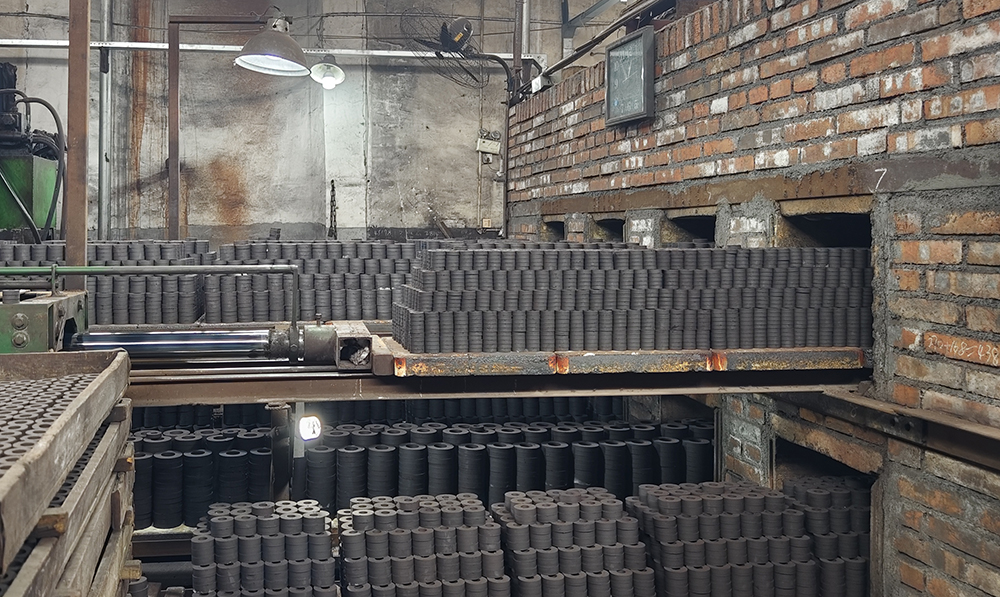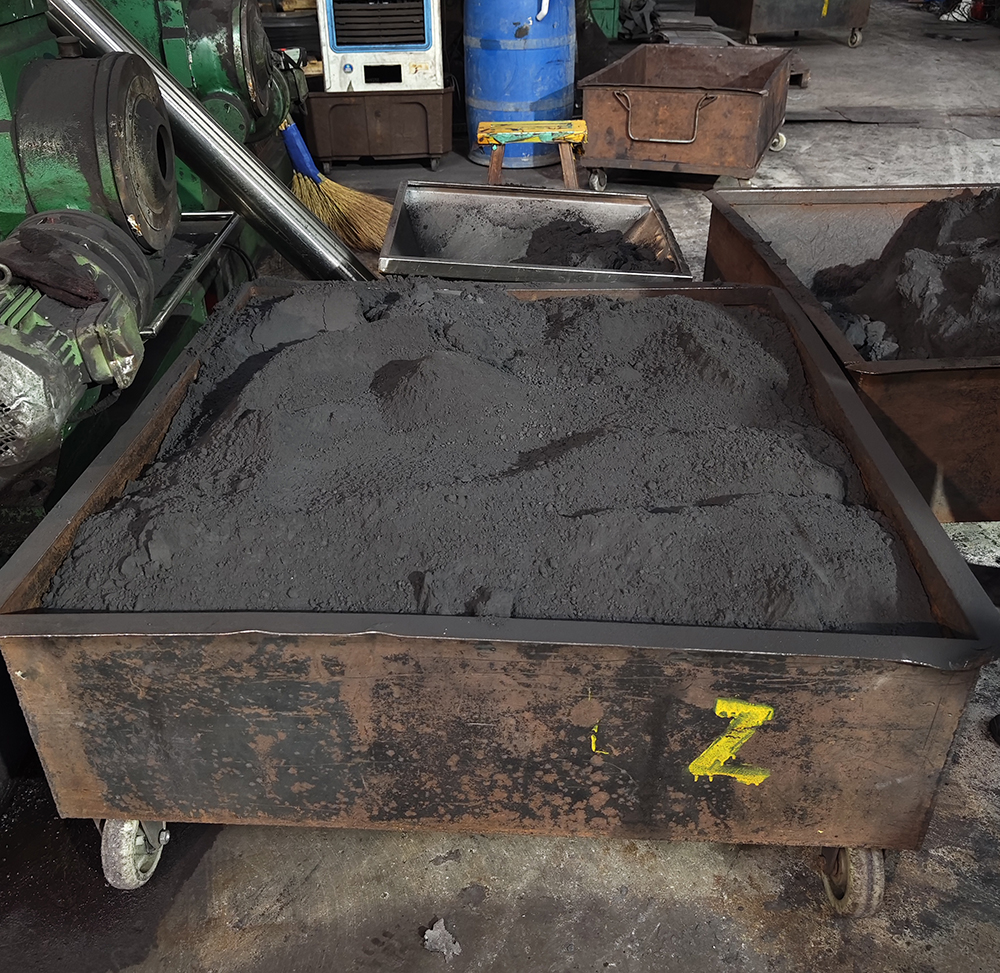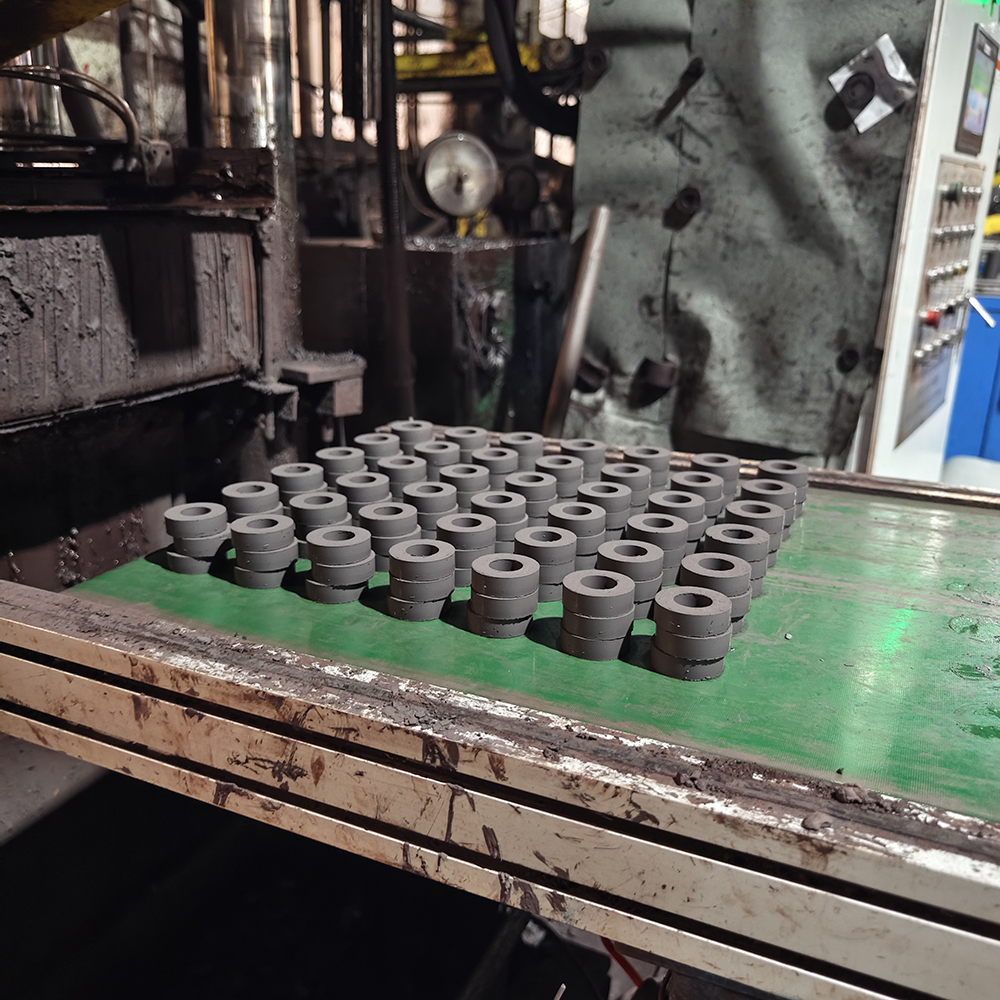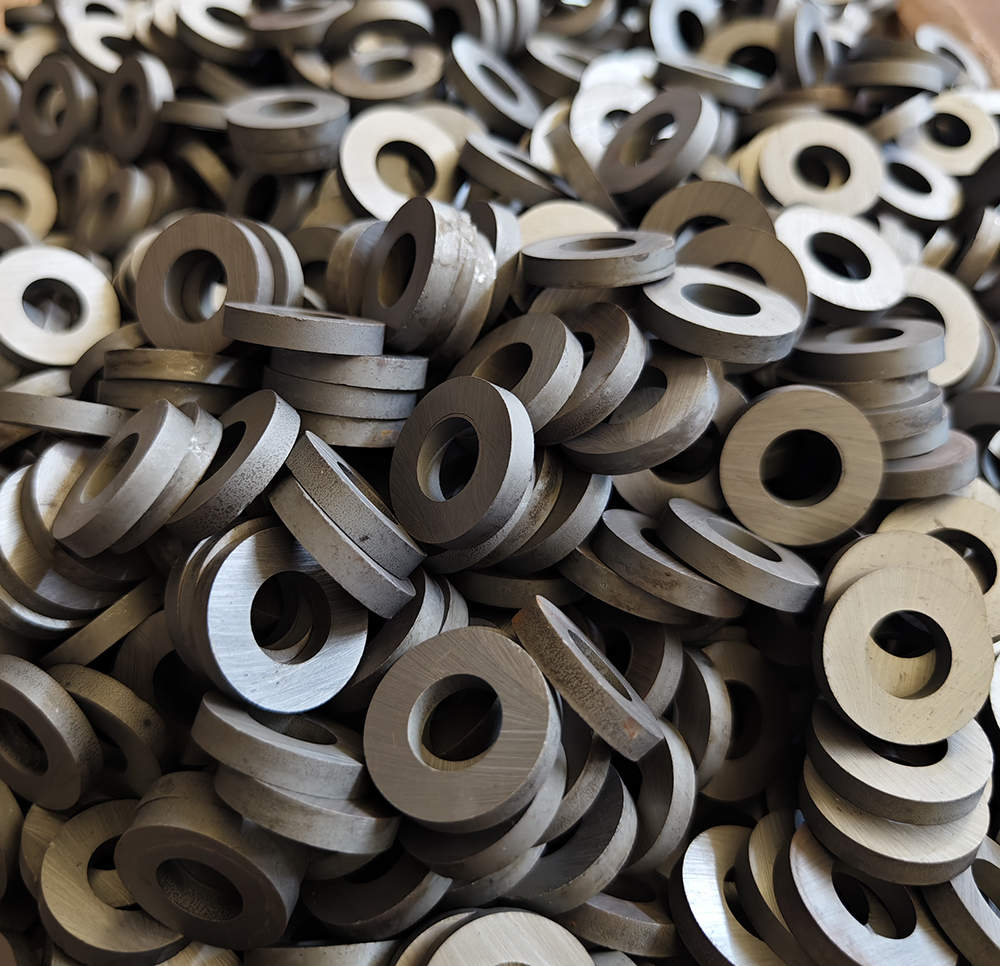
Derived from the Latin word "ferrum" meaning iron, ferrite is a remarkable multifunctional material that has revolutionized various industries. From electronics to telecommunications, ferrites play a vital role in a variety of applications due to their unique magnetic properties. In this blog, we take a deep dive into the fascinating world of ferrites and their significant contributions, while exploring their potential in modern industry.

Learn about ferrites:
Ferrites, also known as ceramic magnets, belong to the family of permanent magnets. Unlike other popular permanent magnets such as neodymium and samarium cobalt, ferrites are made of iron oxide mixed with a ceramic material. This composition gives ferrites excellent electrical resistance, making them ideal for applications involving high-frequency currents.

Unleash the potential of ferrite:
1. Electronic industry:
The electronics industry is one of the biggest beneficiaries of ferrite magnetism. Commonly found in transformers and inductors, ferrite cores facilitate the efficient flow of electrical energy while minimizing electromagnetic interference. These cores help regulate current flow, improving the overall performance and lifespan of electronic devices such as TVs, computers, and smartphones.
2. Telecommunications:
Ferrite components such as filters and isolators are critical in the telecommunications industry. For example, ferrite beads act as high-frequency suppressors, eliminating noise and improving signal quality in electronic circuits. They can be found in cell phones, routers, and other communication devices. Additionally, ferrite antennas are widely used to enhance signal reception and transmission, ensuring an optimal connection.
3. Automotive applications:
A range of applications in the automotive industry rely on ferrite materials. Ferrite magnets are widely used in electric motors and generators. Their high coercivity allows them to maintain strong magnetic fields even at high temperatures, making them ideal for automotive components operating in harsh environments. Ferrite-based sensors are also used in various automotive systems such as anti-lock braking systems (ABS), airbag sensors, and speedometers.
4. Energy generation and storage:
Renewable energy sources such as wind and solar rely heavily on ferrite materials. Ferrite magnets are key components of wind turbine generators because of their ability to efficiently harness mechanical energy and convert it into electrical energy. In addition, ferrite batteries have attracted attention as a potential replacement for conventional Li-ion batteries due to their low cost, good energy output, and high heat resistance.

In conclusion:
With its unique characteristics and remarkable magnetic properties, ferrite has become an indispensable material in various modern industries. Its applications in electronics, telecommunications, automotive and renewable energy have proven invaluable. As technology continues to advance, ferrites will undoubtedly play a vital role in improving the performance, efficiency, and sustainability of numerous applications. Keep an eye on this fascinating material as it continues to evolve, paving the way for innovative solutions in the future.
Post time: Jul-17-2023
